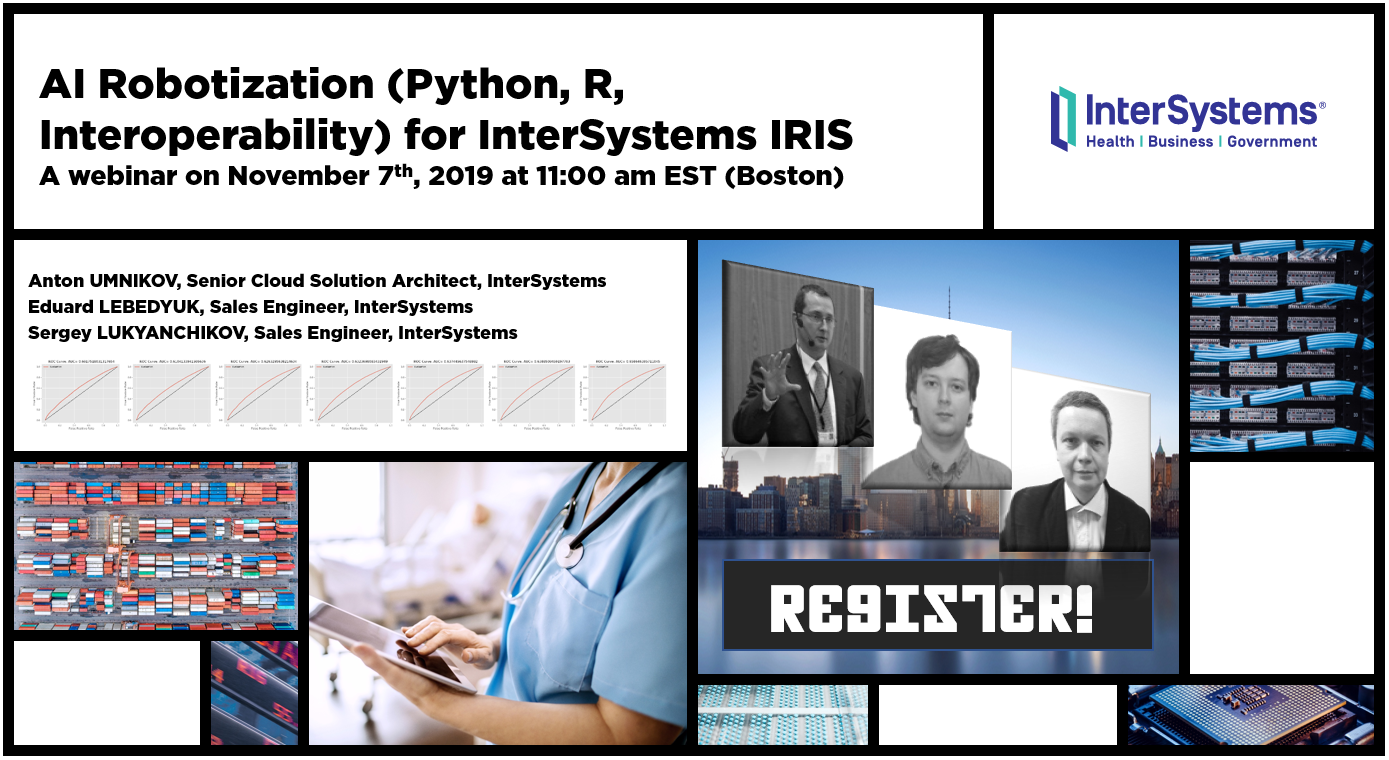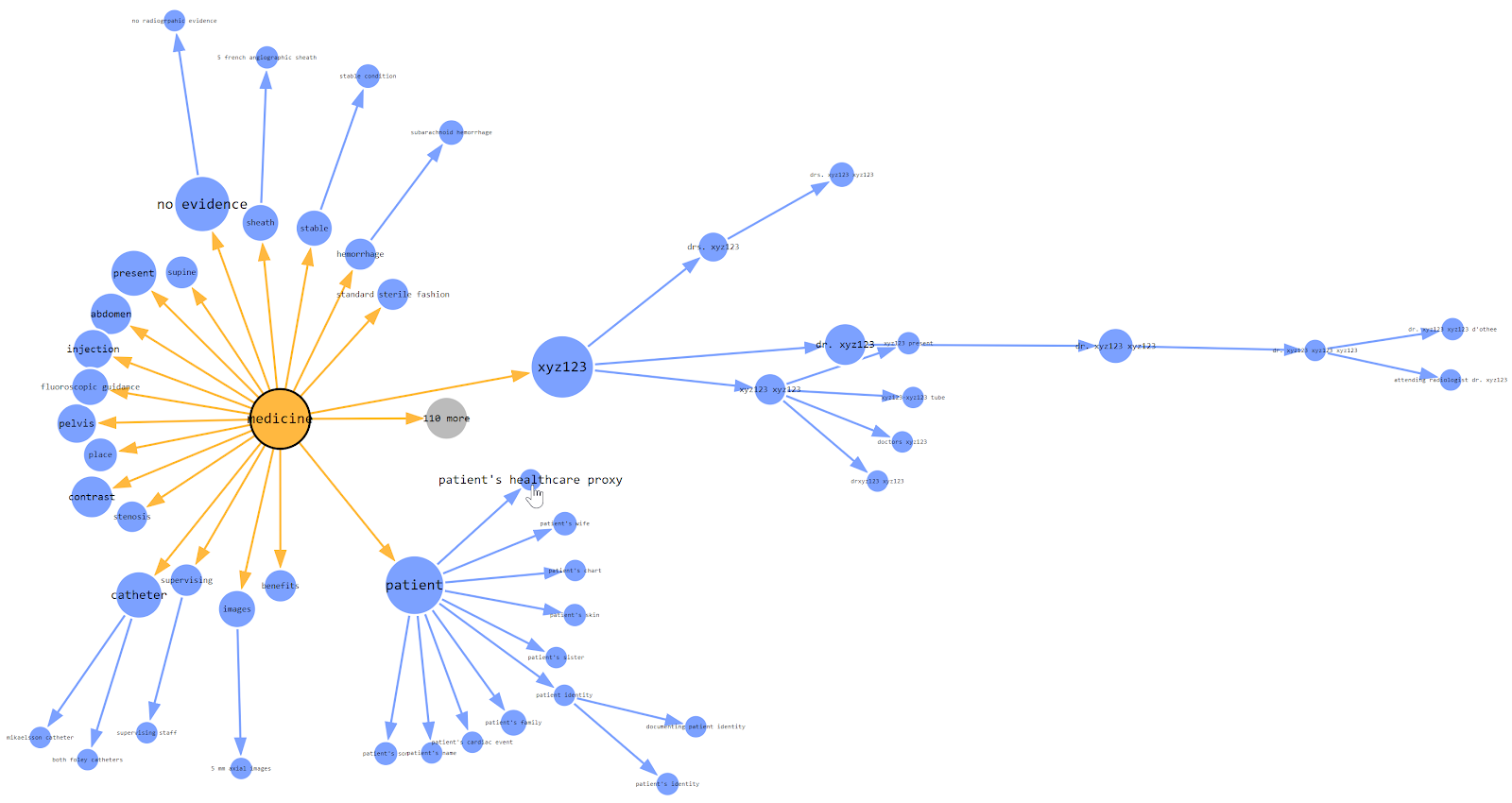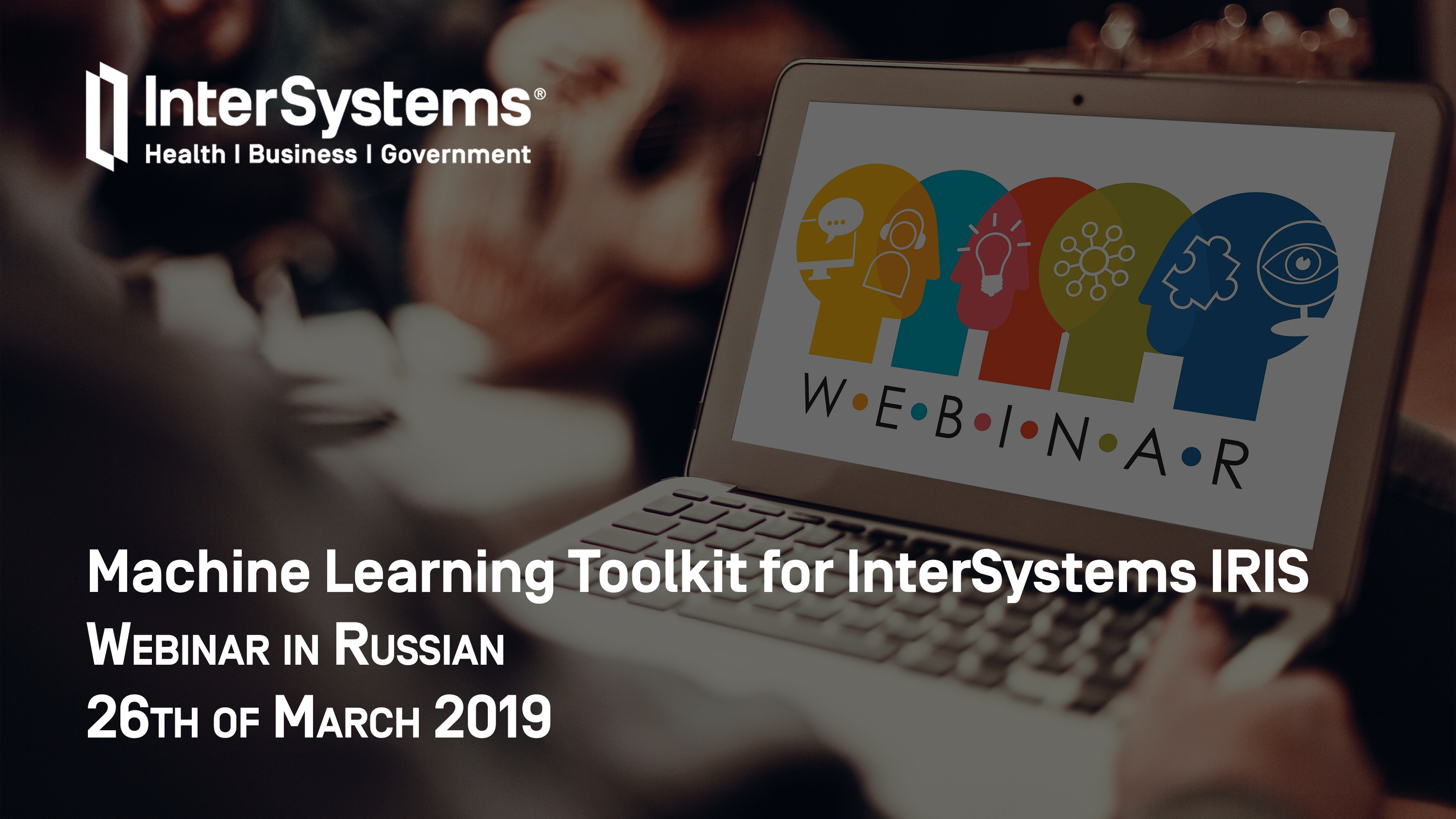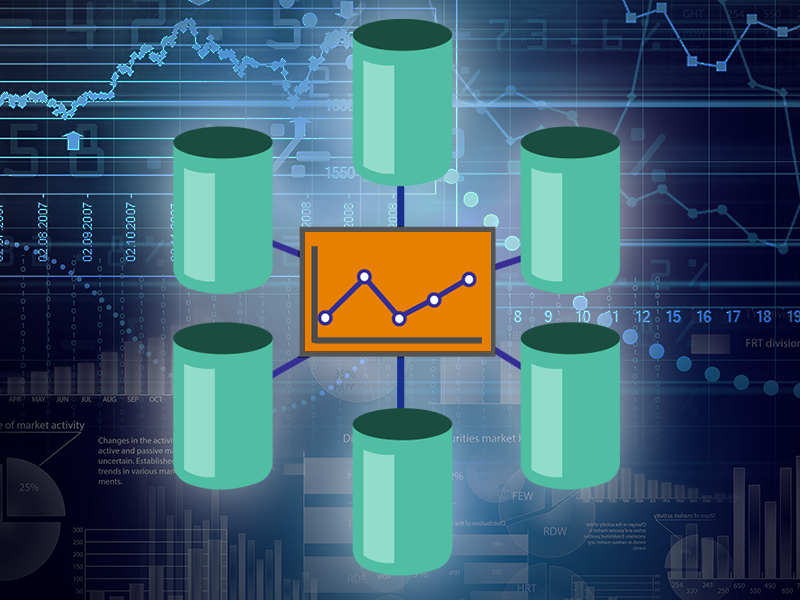I'm happy to announce the latest Python Gateway release.
This is not an InterSystems product, it is community supported open source project.
Download new release from GitHub.
Now for the new features.
Fast transfer. Pass globals, classes and tables from InterSystems IRIS to Python with ease and speed (10x faster than old QueryExecute). Documentation.


.png)

 . In case you haven't registered yet or are still looking for the right justification to get the eventual approval to attend, here's a quick overview of all the sessions around Data Management and Analytics:
. In case you haven't registered yet or are still looking for the right justification to get the eventual approval to attend, here's a quick overview of all the sessions around Data Management and Analytics:



